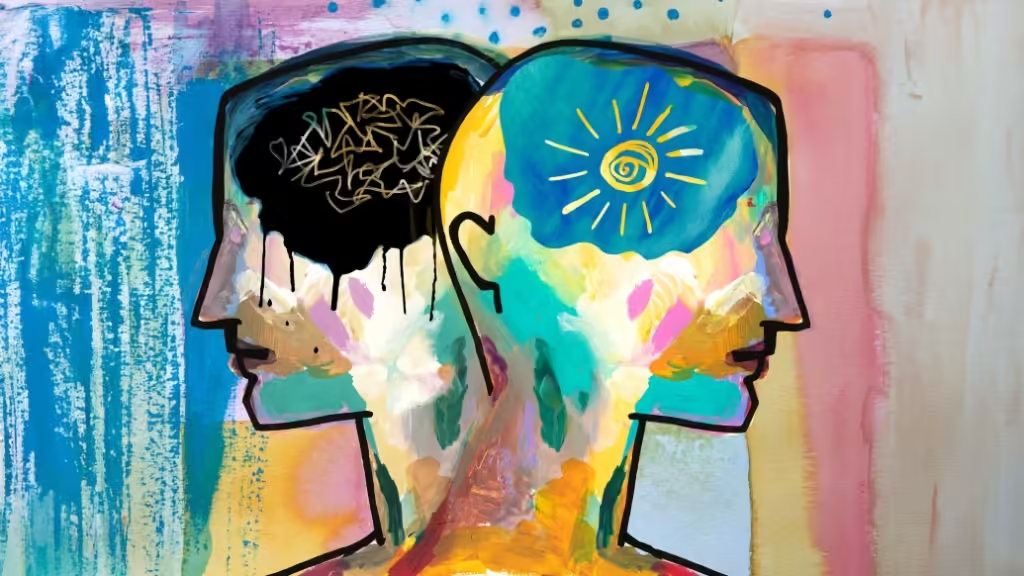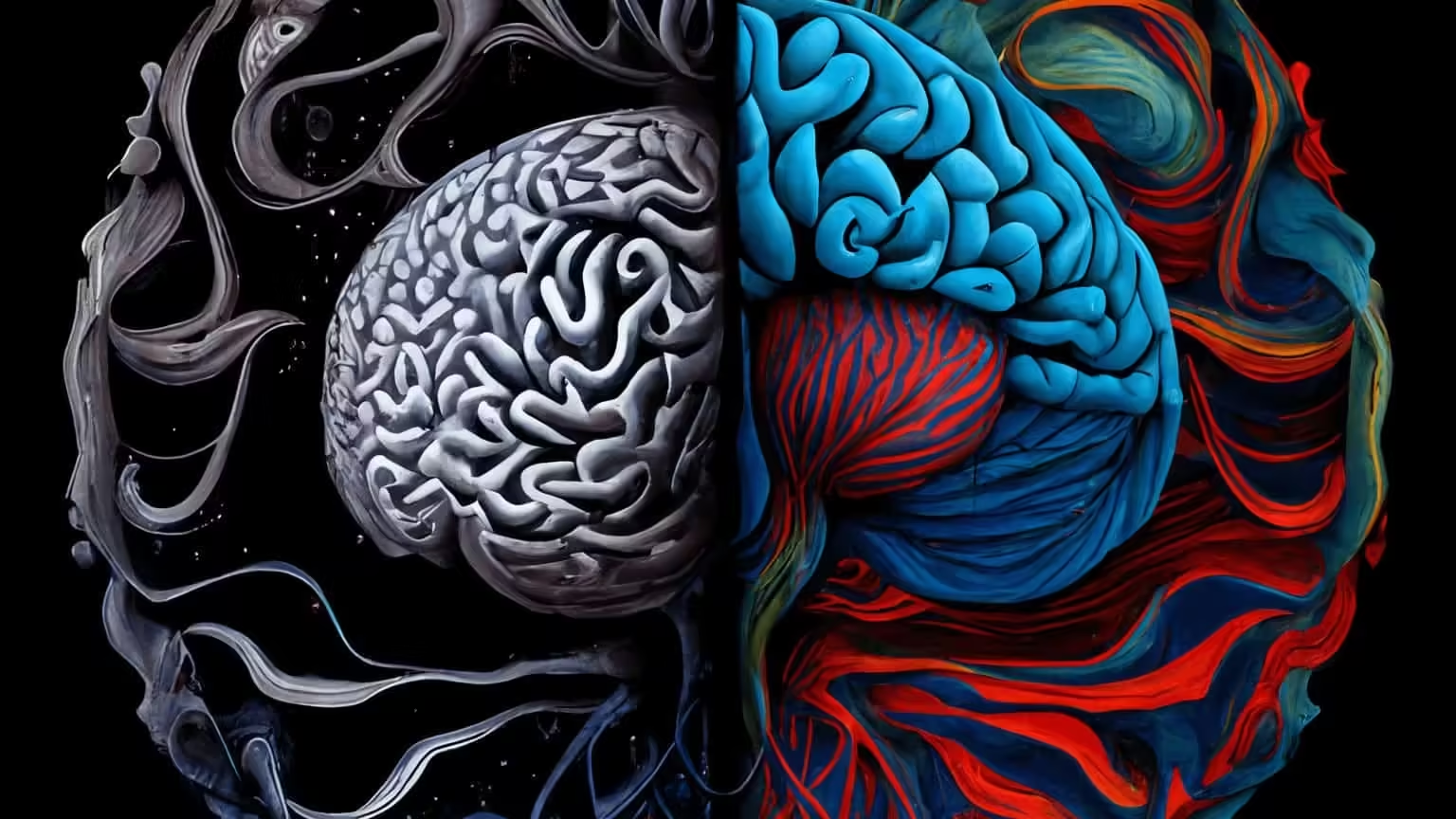Definition of Bipolar Disorder
Bipolar disorder is a chronic mood disorder that alternates between or combines episodes of mania or hypomania with depression.
According to the ICD-10, bipolar disorder is characterized by at least two episodes where the patient’s mood and activity levels are significantly disturbed. This disorder includes periods of elevated mood, energy, and activity (hypomania or mania) and other periods of decreased mood, energy, and activity (depression). Additionally, bipolar disorder also includes repeated episodes of only mania or hypomania.
Nguyên nhân
The causes of bipolar disorder are not fully understood, but several factors have been identified as contributing to the condition:

- Biological factors: These include epidemiological and genetic factors, abnormalities in the hypothalamic-pituitary-adrenal (HPA) axis, thyroid dysfunctions, and imbalances in neurotransmitters and their receptors.
- Moreover, environmental factors: Negative life events and stressors can influence the development and course of the disorder.
- Additionally, insights from neuroimaging studies: Evidence points to increased activity in the ventral striatum and amygdala, dysregulation and imbalance in the thalamus, and relatively increased activity in the cerebellum in patients with bipolar disorder.
Symptoms of Bipolar Disorder
Bipolar disorder typically manifests in four forms:
- Mania
- Hypomania
- Depression
- Mixed episodes of mania/hypomania.

During the manic phase, patients often experience the following symptoms:
- Mood symptoms: Patients may become irritable, experience heightened pleasure, or have unstable emotions.
- Cognitive symptoms: Individuals may exhibit grandiosity, have racing thoughts, experience pressured thinking, and suffer from distractibility and poor concentration.
- Psychotic symptoms: Delusions and paranoia may occur.
- Behavioral symptoms: Patients often show increased activity, require less sleep, and feel abundant energy. As a result, they may speak rapidly, become verbose, and generate many ideas.
In the hypomanic phase, patients may exhibit similar symptoms but at a milder level that does not significantly impair social functioning.
Chẩn đoán
To diagnose Bipolar Disorder, the symptoms must meet the diagnostic criteria for a manic episode as outlined in the Diagnostic and Statistical Manual of Mental Disorders, Fifth Edition (DSM-5).
Manic Episode
A. A distinct period of abnormally and persistently elevated, expansive, or irritable mood, and abnormally and persistently increased activity or energy, lasting at least one week and present most of the day, nearly every day (or any duration if hospitalization is necessary).
B. During the period of mood disturbance and increased energy or activity, three (or more) of the following symptoms (four if the mood is only irritable) are present to a significant degree and represent a noticeable change from usual behavior:
- Inflated self-esteem or grandiosity.
- Decreased need for sleep (e.g., rested after only 3 hours).
- More talkative than usual or feels pressure to keep talking.
- Flight of ideas or a subjective experience in which thoughts are racing.
- Distractibility (attention too quickly drawn to unimportant or irrelevant external stimuli), as reported or observed.
- Increase goal-directed activity (socially, at work or school, or sexually) or psychomotor agitation.
- Excessive involvement in activities that have a high potential for painful consequences (e.g., unrestrained buying sprees, sexual indiscretions, or foolish business investments).
C. The mood disturbance severely impairs social or occupational functioning, necessitates hospitalization to prevent harm to oneself or others, or includes psychotic features.
D. The episode is not attributable to the physiological effects of a substance (e.g., a drug of abuse, a medication, or other treatment) or another medical condition.

Hypomanic Episode
- Criteria are similar to those for a manic episode, but the duration is at least four days.
- Symptoms are less severe, with no psychotic features.
- No hospitalization is required.
- There is only mild to moderate impairment in social or occupational functioning.
- Hypomanic episodes can be more challenging to diagnose.
Bipolar Disorder Classification
- Bipolar Disorder I
- Requires at least one manic episode.
- Major depressive episodes may occur but are not necessary for diagnosis.
- Bipolar Disorder II
- Requires at least one hypomanic episode.
- It also requires at least one major depressive episode.
Differential Diagnosis
- Major Depressive Disorder or Cyclothymic Disorder
- Mood disorders due to a general medical condition (e.g., hyperthyroidism, systemic lupus erythematosus)
- Substance-induced mood disorder
- Psychotic disorders (e.g., schizoaffective disorder, schizophrenia, delusional disorder)
- Narcissistic Personality Disorder
- Antisocial Personality Disorder
Điều trị
Bipolar disorder is inherently recurrent and often chronic, with a high relapse rate, affecting approximately 75% of patients. Functional recovery tends to be slower than symptomatic recovery, even after a single manic episode.
Bipolar disorder significantly increases mortality rates due to complications from high-risk behaviors, comorbid physical conditions, and suicide.
Treatment Principles
- Doctors should hospitalize patients early for severe mood episodes, especially when depression includes suicidal ideation. They can treat milder mood disturbances on an outpatient basis.
- Early initiation of appropriate treatment is crucial. Therefore, doctors use antidepressants for depression, antipsychotics for manic states, and, additionally, select mood stabilizers based on the individual patient’s condition.
- Doctors may combine sedatives as necessary.
- Maintenance therapy to prevent relapse after each acute phase and to focus on the rehabilitation of psychosocial functioning is essential.
- Treatment of bipolar disorder should be maintained for at least six months to prevent relapse.
Pharmacotherapy
- Mood stabilizers: Carbamazepine, Topiramate, Gabapentin
- Antipsychotics: Haloperidol, Levomepromazine, Olanzapine
- Antidepressants: Amitriptyline, Sertraline, Duloxetine
Electroconvulsive Therapy (ECT)
- Indicated for severe manic agitation or when there is no response to medication.
- It is also used for depression with high-risk features such as intense suicidal ideation or behavior or when there is no response to treatment.
Psychosocial Interventions
- Cognitive-behavioral therapy (CBT)
- Family therapy
- Social therapy
- Mental health education

Phòng ngừa
There is no effective prevention method for bipolar disorder since the exact cause remains unclear. The focus is primarily on early intervention to prevent relapse and, more importantly, to reduce the suicide rate among patients.

